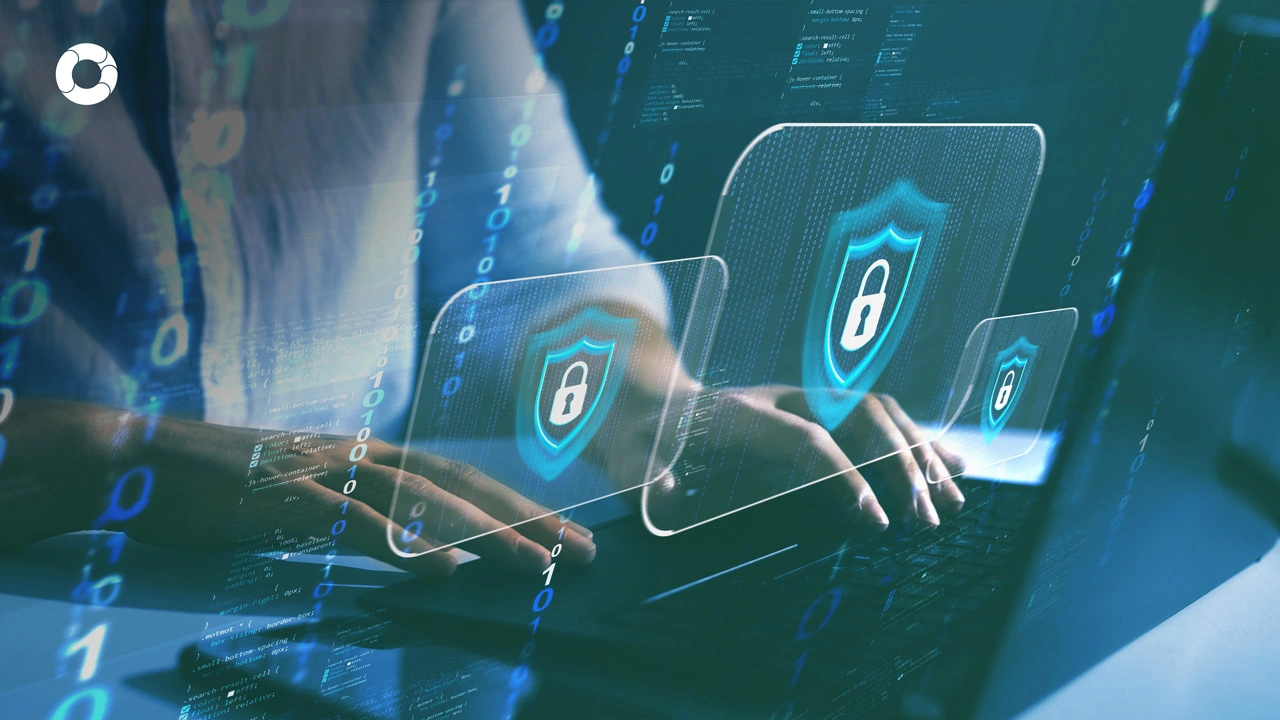Know the components of the internal control of a company

Understanding the components of a company's internal control will allow you to effectively design, implement and operate controls in your business processes. Here we explain each one.
Internal control environment
The internal control structure of a company begins by establishing an internal control environment, which is the company's attitude towards the auditing processes and controls within the company. There are several elements that an internal control environment must include: the philosophy of management regarding risk management, the level of risk appetite, a committed board of directors, integrity and ethical values, a sound organizational structure and the proper assignment of roles. Even the best-designed systems for managing risk can fail when the organization does not have structured policies that establish clear guidelines.
Risk assessment
Risk assessment is one of the components of a company's internal control. This consists of identifying key points in the company's processes for which it is essential to carry out a thorough control. At this stage, the compliance officer must ask himself what is going wrong. In order to carry out a formal analysis of the risk assessment, he must examine the different phases of the business in detail. This can be done through flowcharts and a detailed, one-by-one description of the company's processes.
Information and communication
Information and communication are part of a company's internal control characteristics. Both concepts refer to the process of collecting and distributing information related to control mechanisms across all the units of the entity. This process becomes effective when it includes information systems that transmit to each member the basic notions of the internal management of projects and processes. Information and communication includes manuals, group training, disclosure campaigns and all ways of disseminating control activities within the company.
Monitoring
The components of a company's internal control include monitoring, which refers to the audit mechanism by means of which failures are detected, it is verified that the internal control systems are effectively designed and that they continue to operate properly. Appropriate monitoring tests existing activities and control processes to track business changes. Monitoring also involves having a process for the timely reporting of controls that are not effective. That way, company members can be aware of when to change course in time.
Control of activities
This characteristic of internal control comprises the activities performed by a company's staff to ensure that controls are producing effect. These activities are designed to address the events encountered during risk assessment, in order to implement the improvements and monitor their performance.
You May Also Like
These Related Stories

Types of internal control in company

Main types of risk that can affect a company

ISO 19600: Regulatory Compliance for Good Governance

Regulatory Compliance: Benefits and Best Practices

How to identify the risk of money laundering in companies?


No Comments Yet
Let us know what you think